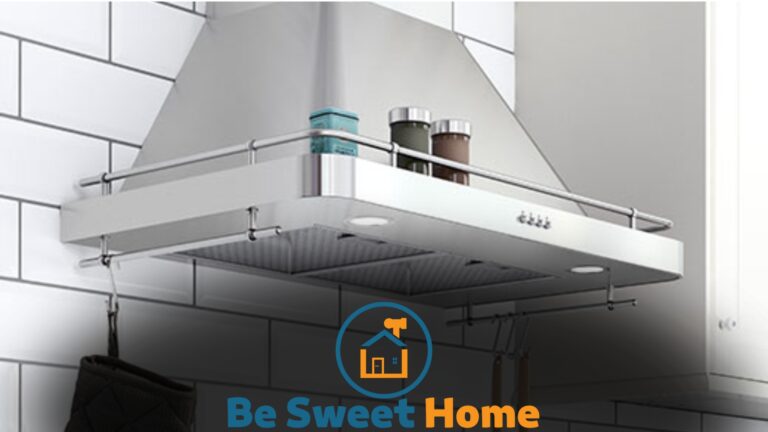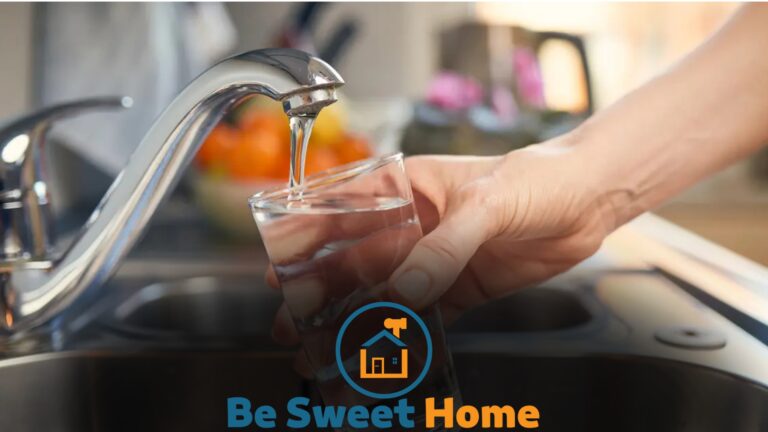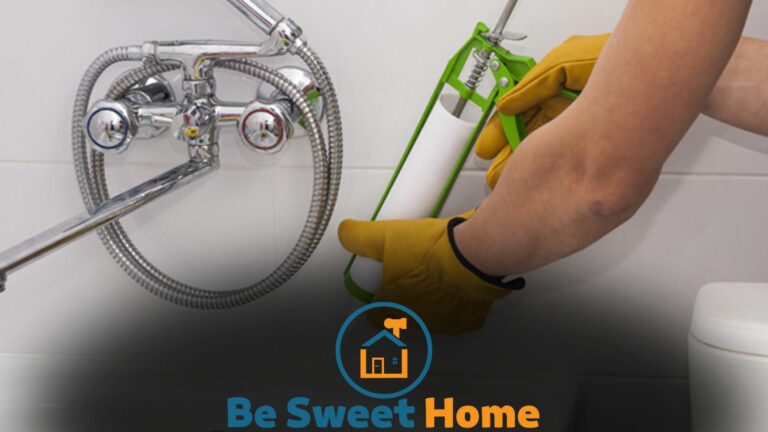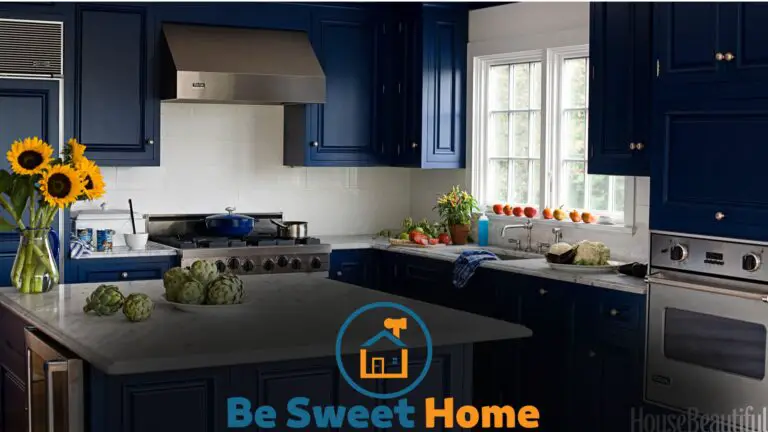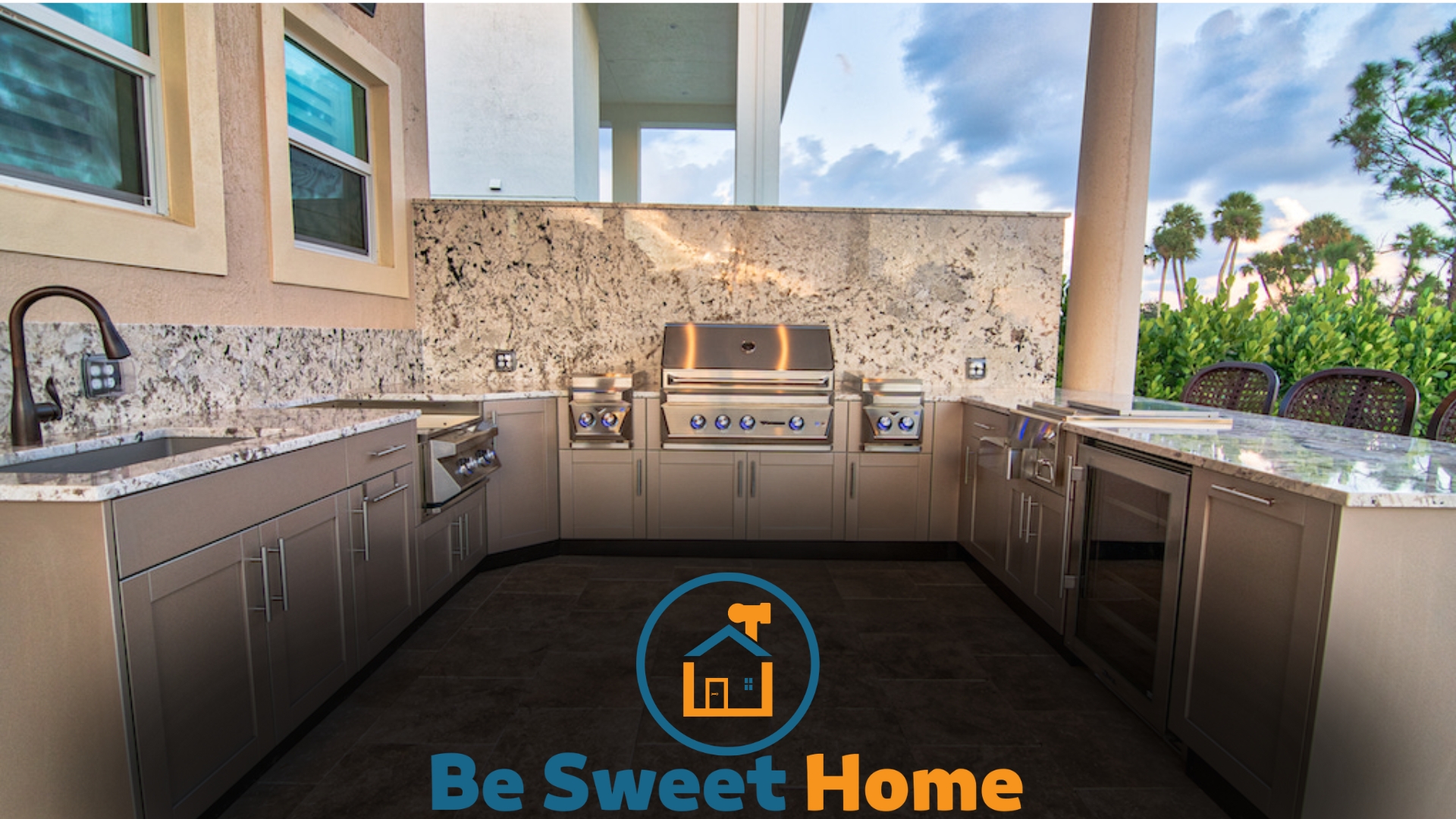

Outdoor kitchens can be expensive to build and maintain. They also expose food to outdoor elements like insects and weather.
An outdoor kitchen extends your home’s living space and offers an exhilarating experience for entertaining guests. Despite these benefits, the disadvantages of such a setup may affect your overall decision.
The cost of constructing an outdoor kitchen is often higher than an indoor renovation due to the need for durable materials and weather-resistant appliances.
Maintenance challenges also arise from the kitchen’s exposure to the elements, requiring regular cleaning and protection measures. Seasonal use is another aspect to consider, as inclement weather can restrict the usability of your outdoor culinary haven.
Issues with pests and wildlife can also be a nuisance, as they’re attracted to the smells and food waste. Homeowners must weigh these considerations alongside the lure of an open-air cooking experience before investing in an outdoor kitchen.
Weather Vulnerability
An outdoor kitchen adds flair to your backyard festivities but has flaws. Weather plays a major role in its functionality.
The perfect sunny day can become a stormy nightmare. This can stop you from enjoying a nice meal outdoors.
Impact on Usage
The greatest downside is the element of unpredictability. Weather dictates when and how often you can use your outdoor kitchen. Outlined below are some key points:
- Sunny days are ideal but not guaranteed.
- Rain or snow can cancel or delay plans.
- Extreme temperatures limit seasonal use.
Maintenance Challenges
Ongoing upkeep becomes a necessity in tackling weather-related wear and tear. Here’s what to expect:
| Weather Condition | Maintenance Needed |
|---|---|
| Rain and Humidity | Frequent sealing and rust prevention. |
| Sun Exposure | Shielding surfaces from UV damage. |
| Winter Chill | Protecting plumbing and surfaces from freezing. |
Regular checks and repairs become part of your routine. Neglecting these can lead to bigger issues.
Higher Installation Costs
Embarking on the journey of crafting an outdoor kitchen can significantly enhance your culinary and social experience.
But it comes with a price. One of the main downsides you may encounter is the higher installation costs associated with such an ambitious project.
This cost consideration involves two primary factors: the materials and durability of the kitchen components and the labor expenses required for construction.
Materials and Durability
When selecting materials for an outdoor kitchen, you aim for aesthetics and resilience.
- Stainless steel: Resists rust and lasts long.
- Stone counters: Beautiful, withstands the weather.
- Marine-grade polymer: Prevents warping fading.
Choosing materials that withstand the elements is crucial. These options ensure your outdoor kitchen remains functional and eye-catching despite weather conditions. They tend to be pricier than indoor materials, impacting your budget.
Labor Expenses
Skilled craftsmanship comes at a higher cost for outdoor construction. Professionals ensure safe and proper installation. Different tasks involve:
- Design planning
- Electrical work
- Plumbing
- Masonry
Labor costs hinge on the complexity of the installation. The more elaborate the design, the higher the expense. Outdoor kitchens require experts who can confidently handle the intricacies of an outdoor setting, which adds to the overall investment.
Safety Concerns
Outdoor kitchens can transform backyards into inviting entertainment spaces. Yet, they come with unique safety considerations. Prioritizing safety is a must to ensure enjoyable outdoor cooking experiences.
Fire Hazards
Outdoor cooking involves open flames, high temperatures, and potentially explosive materials. Without proper design and maintenance, fire risks increase significantly. Some major concerns include:
- Proximity to combustibles: Outdoor structures and dry vegetation can ignite if too close to the heat source.
- Grease accumulation: Grease buildup on grills and outdoor kitchens can lead to dangerous flare-ups.
- Irregular inspection: Ignoring regular checks of gas lines and connections can result in leaks and potential fires.
Wildlife Encounters
Outdoor spaces naturally attract wildlife. An outdoor kitchen may increase encounters with animals. Some potential issues include:
| Animal Type | Potential Threat |
|---|---|
| Small animals | Seeking food, they can spread trash and create messes. |
| Insects | Attracted by food, they can contaminate surfaces and dishes. |
| Larger predators | Drawn by smells, they can pose direct danger to humans and pets. |
Investing in secure storage and cleanup practices lowers these risks but cannot eliminate them.
Spatial Considerations
When dreaming of an outdoor kitchen, space is key. Not all yards can handle such setups. A well-planned design is crucial, but limitations come with the territory.
Limited Layout Options
Outdoor kitchens usually have less space than indoor ones. This means you can’t fit every appliance or cabinet you might want. It’s like a puzzle, where only certain pieces fit.
You must choose carefully. Think of the grill, sink, and storage. Where will they go? Will they fit?
Necessity for Outdoor Space
Before building, you need the right spot. A yard or patio comes to mind. Not all homes have these. People living in apartments or with small gardens face a challenge.
Imagine if rain, sun, and wind did not matter. But they do. Your outdoor kitchen needs covering. It needs walls — but not the indoor kind. Nature is the limit here.
- Finding enough room for a full-function kitchen.
- Ensuring protection from the weather.
- Make sure it’s accessible yet private.
Increased Complexity of Entertaining
People love the idea of an outdoor kitchen for summer barbecues and gatherings. But there’s a catch. Hosting outside can get tricky. Let’s talk about why having fun outdoors isn’t always easy.
Accessibility for Guests
An outdoor kitchen means your guests are outside. Sounds great, right? But remember, not everyone finds it easy to move back and forth. Kids, elderly folks, and anyone with mobility issues may find this setup less than ideal.
- Steps can be a hurdle.
- Paths might be uneven.
- Outdoor lighting may be poor.
Think about Aunt Emma with her walking stick. Or little Timmy on his tiny feet. They might prefer a simple setup, closer to the comfort of indoors.
Food Transportation Issues
Ever tried carrying a tray of drinks through a sliding door? Then you know it’s a skill. With an outdoor kitchen, this becomes an obstacle race.
| Challenges | Solutions |
|---|---|
| Long trips from the indoor kitchen | Stay organized with fewer trips |
| Hot food getting cold | Use insulated carriers |
| Spills and drops | Trays with high edges help |
Imagine juggling burgers and sides through a crowd. Or the pizza getting chilly before the party even starts. The logistics need thinking through.
Inconsistent Usage and Utility
An outdoor kitchen brings fun and flair to home life. Yet, some factors like inconsistent usage and utility cannot be ignored. Understanding these drawbacks is essential before investing in an outdoor cooking space.
Seasonal Limitations
Outdoor kitchens are hit hard by weather changes. Unlike indoor kitchens, they can’t be used comfortably all year round. Here are some issues to think about:
- Cold weather limits use during winter months in many areas.
- Hot summers might make cooking outside less appealing.
- Heavy rains or storms can disrupt plans and damage equipment.
Weather dependence means grilling and entertaining outdoors is often a seasonal delight rather than a consistent utility.
Return on Investment Concerns
Return on investment, or ROI, is critical. Consider these points:
| Expense | Utility |
|---|---|
| High initial setup costs | Limited use due to seasons |
| Maintenance expenses | Reduced due to infrequent use |
| Space allocation | Could be underutilized |
These expenses contrast with the limited use throughout the year, making one wonder if the investment pays off.
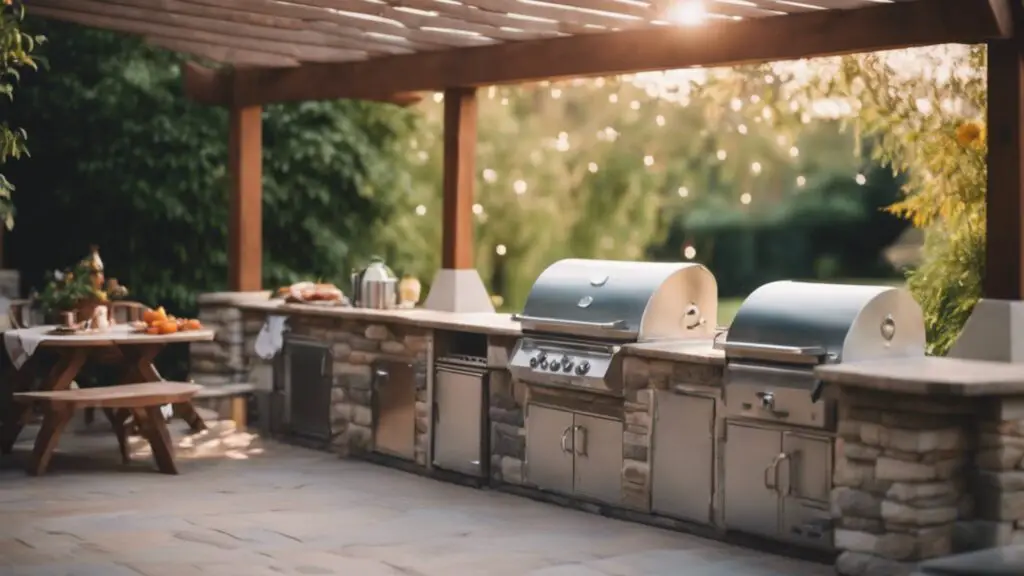
Frequently Asked Questions
What Are Common Outdoor Kitchen Cons?
Outdoor kitchens often face issues with weather exposure, leading to frequent maintenance and potential damage to appliances and surfaces.
Is An Outdoor Kitchen Cost-effective?
While offering entertainment value, outdoor kitchens may not be cost-effective due to high installation costs and upkeep expenses.
How Does Weather Affect Outdoor Kitchens?
Weather can severely impact outdoor kitchens, causing wear and tear on materials and requiring weatherproofing measures to protect investments.
Can Wildlife Interact With Outdoor Kitchens?
Yes, outdoor kitchens can attract wildlife, necessitating proper food storage and waste management to deter unwelcome animal guests.
Are Outdoor Kitchens Safe To Use?
Outdoor kitchens are safe, equipped with proper safety features, and regularly inspected for hazards such as gas leaks or fire risks.
Conclusion
Outfitting your backyard with a culinary setup has its drawbacks. Maintenance needs and weather challenges are significant concerns. Budget constraints may also sway your decision.
Ultimately, embracing indoor conveniences could be more suitable for some. Consider these factors to ensure your outdoor kitchen dreams match reality.

